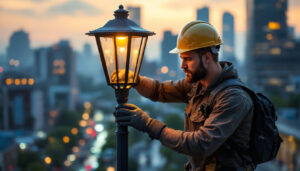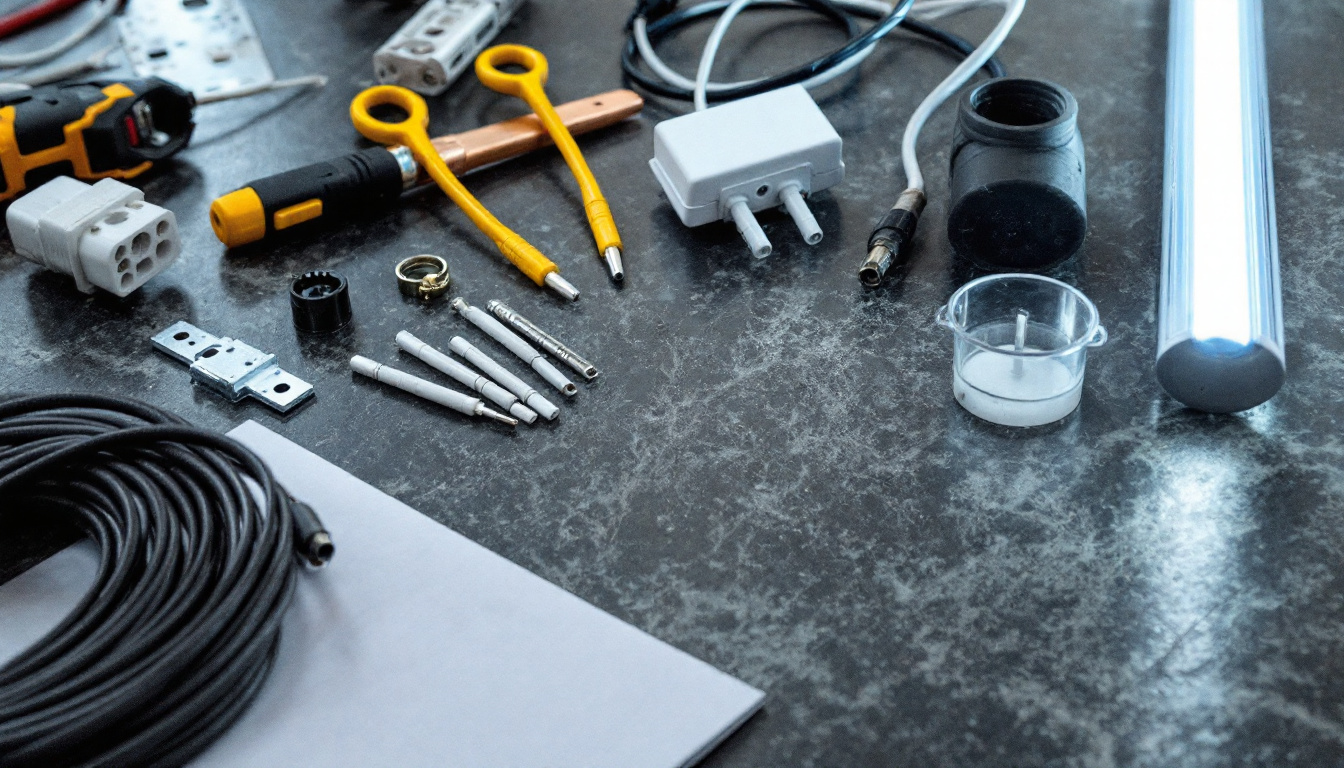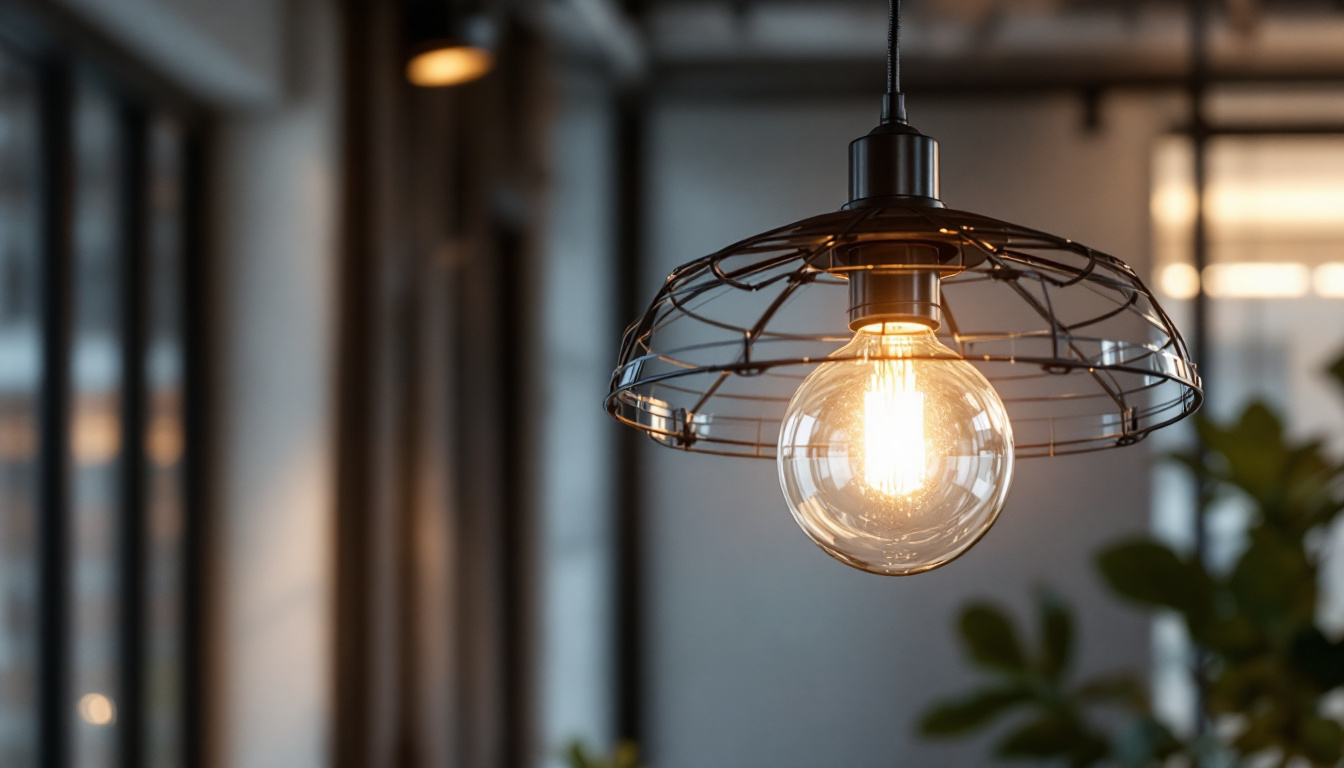

In the ever-evolving world of lighting design and installation, lighted tubes have emerged as a versatile and innovative solution for both commercial and residential applications. This comprehensive handbook aims to equip lighting contractors with essential knowledge about lighted tubes, their applications, installation techniques, and maintenance practices. Understanding these elements will not only enhance the quality of installations but also improve client satisfaction and project outcomes.
Lighted tubes, often referred to as LED tubes or tube lights, are linear lighting fixtures that utilize light-emitting diodes (LEDs) to provide illumination. They are designed to replace traditional fluorescent tubes, offering numerous advantages such as energy efficiency, longevity, and reduced environmental impact. As a lighting contractor, familiarity with the different types and applications of lighted tubes is crucial.
There are several types of lighted tubes available on the market, each with unique features and benefits. The most common types include:
Lighted tubes are incredibly versatile and can be used in a variety of settings. Common applications include:
In addition to these applications, lighted tubes are also making their mark in specialized environments such as laboratories and hospitals, where precise lighting is essential. In these settings, the ability to choose different color temperatures allows for optimal visibility and comfort, which can significantly impact productivity and safety. Furthermore, the low heat emission of LED technology makes them ideal for use in temperature-sensitive areas, reducing the risk of heat-related damage to equipment or materials.
Moreover, the aesthetic appeal of lighted tubes cannot be overlooked. With advancements in design, these fixtures can now be found in various styles, colors, and finishes, allowing them to blend seamlessly into any decor. Whether it’s a sleek, modern look for a contemporary office or a vintage-inspired design for a rustic home, lighted tubes can enhance the overall ambiance of a space while providing functional lighting. Their adaptability extends to smart lighting solutions as well, where they can be integrated into home automation systems for customizable lighting experiences.
Lighted tubes offer numerous advantages over traditional lighting options. Understanding these benefits can help contractors advocate for their use to clients.
One of the most significant advantages of lighted tubes is their energy efficiency. LED technology consumes significantly less power compared to traditional incandescent or fluorescent lighting. This not only reduces energy bills but also contributes to a lower carbon footprint, making it an attractive option for environmentally conscious clients.
Lighted tubes have a much longer lifespan than traditional lighting options. While a typical fluorescent tube may last around 7,000 to 15,000 hours, LED tubes can last up to 50,000 hours or more. This longevity translates to fewer replacements and lower maintenance costs over time, making them a cost-effective solution for both contractors and clients.
LED technology provides superior light quality, with options for various color temperatures and higher color rendering indexes (CRI). This means that lighted tubes can produce more natural and vibrant colors, enhancing the overall ambiance of a space. Contractors can offer clients customized lighting solutions that meet their specific aesthetic and functional requirements.
Proper installation is crucial for maximizing the performance and lifespan of lighted tubes. Contractors should be familiar with various installation techniques to ensure a seamless process.
Before beginning any installation, it is essential to prepare the workspace and ensure safety measures are in place. This includes turning off power to the existing fixtures, using appropriate personal protective equipment (PPE), and having the necessary tools on hand. A thorough assessment of the existing electrical system will help identify any potential issues that may arise during installation.
The wiring process can vary depending on the type of lighted tube being installed. For direct replacement tubes, simply remove the old fluorescent tube and insert the new LED tube, ensuring that it is securely seated in the fixture. For ballast bypass tubes, the existing ballast must be removed, and the tube wired directly to the power source. It is crucial to follow the manufacturer’s instructions carefully during this process to avoid any electrical hazards.
Once the installation is complete, testing the fixtures is essential. Turn the power back on and check each lighted tube to ensure it operates correctly. Adjustments may be necessary to optimize light distribution and ensure even illumination throughout the space. This step is vital to ensure client satisfaction and to address any issues before the project is considered complete.
Regular maintenance of lighted tubes is essential to ensure their longevity and optimal performance. Contractors should educate clients on best practices for maintaining their lighting systems.
Dust and debris can accumulate on lighted tubes over time, reducing their efficiency and light output. Regular cleaning with a soft, damp cloth can help maintain brightness and clarity. It is advisable to schedule cleaning sessions based on the environment; for example, areas with higher dust levels may require more frequent cleaning.
Regular inspections of lighted tubes can help identify any potential issues before they become significant problems. Contractors should encourage clients to monitor their lighting systems for flickering, dimming, or other signs of failure. Prompt replacement of faulty tubes will prevent further damage and maintain the integrity of the lighting system.
As technology continues to evolve, staying informed about the latest advancements in lighted tubes is essential. Contractors should be proactive in recommending upgrades to clients when new, more efficient models become available. This not only enhances the client’s lighting experience but also positions the contractor as a knowledgeable and reliable resource.
Understanding the cost implications of lighted tubes is crucial for contractors when providing estimates to clients. While the initial investment may be higher than traditional lighting options, the long-term savings can be significant.
The upfront cost of lighted tubes can vary based on the type and brand. Direct replacement tubes may be more affordable, while integrated LED tubes could command a higher price due to their advanced technology. Contractors should provide clients with a clear breakdown of costs and explain the value of investing in quality lighting solutions.
Energy savings is one of the most compelling reasons to choose lighted tubes. Clients can expect a noticeable reduction in their energy bills, which can offset the initial investment over time. Additionally, the reduced frequency of replacements translates to lower maintenance costs, further enhancing the overall value of lighted tubes.
Contractors should help clients understand the concept of return on investment when it comes to lighting upgrades. By calculating potential energy savings and reduced maintenance costs, clients can see the financial benefits of switching to lighted tubes. This information can be a persuasive factor in decision-making.
The lighting industry is continuously evolving, and staying ahead of trends is essential for contractors looking to remain competitive. Understanding future trends can help contractors make informed recommendations to clients.
Smart lighting technology is gaining traction, allowing users to control their lighting systems through mobile apps or voice-activated devices. Integrating smart capabilities with lighted tubes can enhance user experience and provide additional energy-saving opportunities. Contractors should familiarize themselves with these technologies to offer clients cutting-edge solutions.
Human-centric lighting focuses on creating environments that support human well-being. This approach considers factors such as color temperature, intensity, and timing of light exposure. Contractors should be prepared to discuss these concepts with clients, as more individuals seek lighting solutions that promote health and productivity.
As sustainability becomes a priority for many businesses and homeowners, contractors should be aware of eco-friendly lighting options. Lighted tubes made from recyclable materials and those that offer energy-efficient performance align with sustainability goals. Promoting these options can attract environmentally conscious clients and enhance a contractor’s reputation.
Lighted tubes represent a significant advancement in lighting technology, offering numerous benefits for both contractors and clients. By understanding the types, advantages, installation techniques, and maintenance best practices associated with lighted tubes, contractors can provide exceptional service and solutions that meet the evolving needs of their clients. As the industry continues to advance, staying informed about trends and innovations will ensure that lighting contractors remain at the forefront of this dynamic field.
Ready to elevate your lighting installations with the most efficient and cost-effective lighted tubes on the market? Look no further than LumenWholesale. We provide lighting contractors with superior, spec-grade lighting products at prices that can’t be beaten. Our commitment to quality and affordability means you can confidently deliver top-notch lighting solutions to your clients. With free shipping on bulk orders, LumenWholesale is your go-to source for premium lighting without the premium price tag. Wholesale Lighting at the Best Value is just a click away. Experience the difference with LumenWholesale today.

Discover essential insights into electrical supplies and mounting kits tailored for lighting contractors.

Discover essential insights into electrical power cords tailored for lighting contractors.

Discover how wholesale lighting options can significantly cut expenses for lighting contractors, offering insights into cost-effective purchasing strategies, quality selection, and maximizing project profitability..

Discover essential insights into suspended lighting systems with our comprehensive guide tailored for lighting contractors.
Get notified when NEW deals are released.
Optimize your budget with wholesale discounts.
Only top-quality, specification-grade lighting products.
No additional costs at checkout - what you see is what you pay.
We understand the unique needs of contractors.